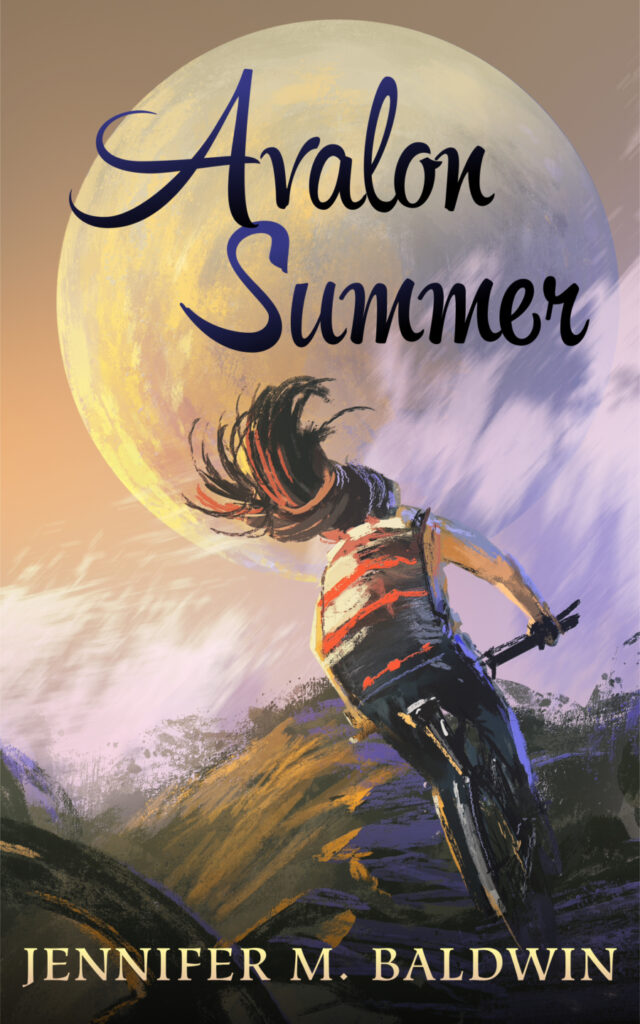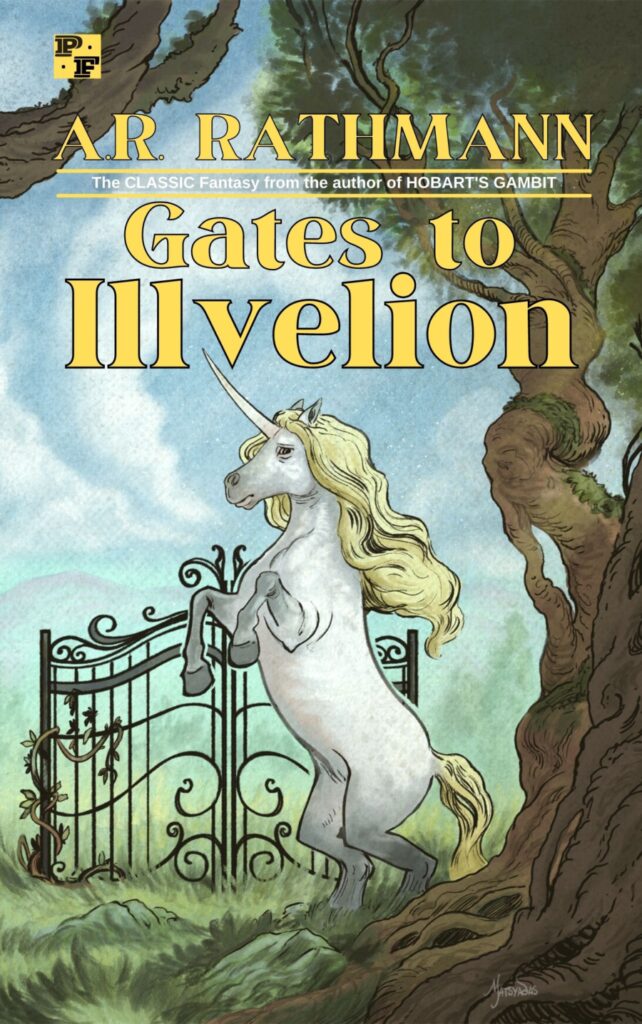I was flipping through my notebooks from 2024, mostly to see how many books I’d read in the past year (more than 40, by the way… so not bad, but now I’m thinking I want to set a challenge for myself to read over 60 this year), when I came across an entry from my January notebook that included two “Try Ten” lists.
One was ten titles, one was ten characters. Here are the lists:
Ten Titles
- Bicycle Repair
- Professor _________’s Guide to the Magically Perplexed
- Went Away Sailing
- Grandma’s Gnocchi
- I Saw Ursula Le Guin in a Dream
- Brennivin. Shot. Cold.
- Stolen Goods
- The Voice in the Heating Vent
- Abel Gave Me a Wool Coat
- Whenever You Think of Criticizing
Ten Characters
- An old cop who serves evictions now
- The ghost of a young woman’s dead twin
- A boy who is in love with his best friend
- A foreign cleaning lady
- A tree that can communicate with a human
- An old man who stole a fellow soldier’s ID back in Vietnam
- The driver of a bus that takes devils in and out of Hell
- A middle-aged woman who once got to spend her afternoons with a unicorn but hasn’t seen one in decades
- An oracle/fortune teller who has lost her power
- A man who must take care of his sick wife in quarantine (he hasn’t seen her in a week?)
I’ll admit, that last character entry doesn’t quite make sense to me looking back at it now. Has he not seen her in a week but now can see her and must take care of her? Or has he been taking care of her in quarantine but she left him and hasn’t been seen in a week?
I really don’t know.
The funny thing is that I used one of those titles and wrote a short story to go along with it. “I Saw Ursula Le Guin in a Dream.” It was a writing challenge I did with my Creative Writing students where we had to write a short story in one hour. I participated and used this title.
The story turned out all wrong. I tried writing an unreliable narrator and it was an utter failure. Just didn’t live up to the title at all. And I tried an ironic twisty ending that was pretty stupid, frankly.
But I still like the title. I’m tempted, even now, to use the title again and write a different story. And why not?
In fact, it might be kind of funny to write several short stories, all with the same title, all different, and then put them together into a collection.
Or maybe that would be utterly not funny but just kind of stupid. I have a difficult time distinguishing between the cool and the stupid until I’ve done the thing. Before I’ve done the thing, it seems pretty cool. After I’ve done the thing, it feels pretty stupid. I have two choices, then: either keep doing the cool-sounding thing, hoping one day it won’t turn out stupid, or stop doing any of the cool-sounding things. Which means I’ll have done nothing.
I think I know which choice to make.
Better to write a dozen (or more) stupid stories than to write none at all.
Anyway, some of these ideas and characters and titles don’t sound particularly interesting at the moment, but I often wonder if these little seeds and sparks of ideas might turn out to be pretty great once put into action. It’s the action that matters. The telling of the tale. Because otherwise they’re just a list of words. I could write a dozen stories called “I Saw Ursula Le Guin in a Dream” and they would all be different. Who can say, just from that title, what stories may come?
This is why the ideas really don’t matter all that much. I can come up with ten more ideas right now. So can any of us.
It’s the weaving of the story that matters. The particular sequence of the tale is what counts.
I do wonder, though, what would happen if I combined a title from one list with a character from the other. Might be a fun game. What kind of challenge could I make for myself in this new month of a new year. From two lists in January 2024 to ten stories in January 2025…
To do that, I’d have to get over my trepidation. My worry that I’m not up to the task of writing ten stories in one month. Can I do that? Can I get over that hump, that lack of confidence?
My husband said that the word he would use to describe my 2024 was “confidence,” but I just don’t see it. I feel the opposite, like my confidence is slowly draining away. But maybe he can see something I can’t.
I hesitate to even set a challenge like ten stories in one month because what if I can’t do it? What if it stresses me out? What if I simply don’t have the time, on top of all the other duties and goals I’ve already set?
Might be fun though… the old cop serving evictions, entitled “Went Away Sailing,” and the old cop has to serve someone who never seems to be home, who might have gotten on a sailboat and drifted away, and the cop tries to find them, to serve the papers, yes, but also, just to see what it would be like to sail away from everything…
The old fortune teller who has lost her gift… every time she tries to tell a fortune and see the future, she sees her grandmother, bent over the kitchen table, rolling out potatoes and flour to make the gnocchi dough… Maybe she has to talk to her grandmother, and maybe she can’t break through, she’s lost her gift, after all…
The foreign cleaning lady hears a voice in the heating vent…
The driver of the Hell-bus… “Abel Gave Me a Wool Coat…”
(I could go on, but I’ll stop for now. The question I always have as I make up these stories and possibilities, is will my story end up being worthwhile? Will it have any meaning? Any emotion? Will readers enjoy it, or am I simply playing a word-association game with myself?)
To write ten stories in four weeks means roughly two or three stories every week. That seems like a lot, especially as I try to get NCL finished. Maybe the challenge isn’t to do it just in January, but to do a story every week? Or try to write ten stories in the first quarter? Or… I don’t know. Something.
I feel a pull toward this challenge. It’s not a coincidence that I opened my January 2024 notebook to this page with these two lists. I should ride it out. See where it goes.
I always was dissatisfied with that first “Ursula Le Guin” story. Time to try again. And the new year is the perfect time.



